Home>Furniture & Design>Outdoor Furniture>How To Kill Outdoor Ants
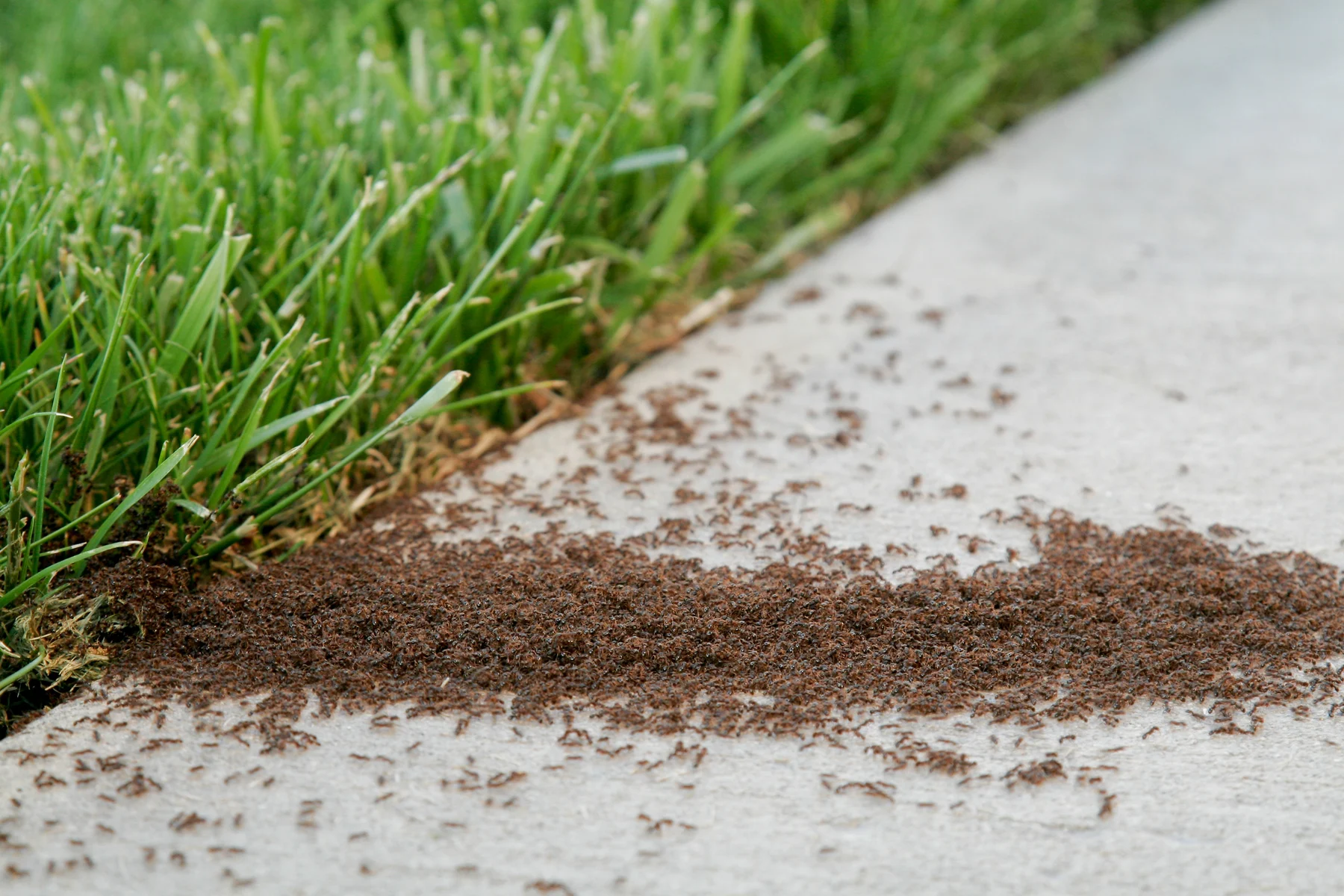

Outdoor Furniture
How To Kill Outdoor Ants
Published: February 12, 2024
Learn effective ways to get rid of outdoor ants and protect your outdoor furniture. Discover expert tips for outdoor furniture maintenance and design.
(Many of the links in this article redirect to a specific reviewed product. Your purchase of these products through affiliate links helps to generate commission for Storables.com, at no extra cost. Learn more)
Introduction
Welcome to the battle against outdoor ants! These tiny yet persistent creatures can turn a peaceful outdoor gathering into a chaotic scene. Whether you're enjoying a picnic in the park or lounging on your patio, the presence of ants can quickly put a damper on the experience. But fear not, as we're about to embark on a journey to understand, identify, and ultimately conquer these outdoor pests.
Ants are fascinating insects with a remarkable ability to work together in highly organized colonies. While this trait is admirable in the wild, it becomes a nuisance when their foraging activities encroach upon our outdoor spaces. Understanding the behavior and habits of outdoor ants is crucial in devising effective strategies to keep them at bay.
In this guide, we will delve into the world of outdoor ants, learning about their habits, preferences, and the signs that indicate their presence. Armed with this knowledge, you'll be better equipped to prevent and address ant infestations around your outdoor furniture and living spaces.
So, grab your magnifying glass and let's explore the intriguing world of outdoor ants. By the end of this journey, you'll be equipped with the knowledge and tactics to reclaim your outdoor sanctuary from these persistent invaders.
Key Takeaways:
- Understanding outdoor ants’ behavior and preferences can help prevent infestations. Keep outdoor areas clean, seal entry points, and use natural deterrents to create an environment less hospitable to ants.
- When dealing with ant infestations, explore natural remedies like vinegar, essential oils, and diatomaceous earth. Use chemical methods cautiously, following safety guidelines and considering environmental impact.
Read more: What Kills Ants In Grass
Understanding Outdoor Ants
Outdoor ants, like their indoor counterparts, belong to the Formicidae family and are known for their remarkable social structure and division of labor. These industrious insects play a vital role in the ecosystem, contributing to soil aeration, seed dispersal, and predation on other pests. However, when they encroach upon our outdoor living spaces, their presence can become a source of frustration.
Ant colonies typically consist of three primary castes: workers, males, and queens. The workers, which are sterile females, are responsible for gathering food, caring for the young, and maintaining the nest. Males are tasked with mating with the queen, while the queen’s primary role is to lay eggs and ensure the survival and growth of the colony.
When it comes to outdoor ants, understanding their foraging behavior is key. These resourceful insects are constantly in search of food, water, and suitable nesting sites. They leave pheromone trails to communicate the location of food sources, allowing their fellow colony members to follow the trail and partake in the bounty.
Outdoor ants are attracted to a variety of food sources, including sugary substances, proteins, and greasy residues. Understanding their dietary preferences can aid in implementing effective prevention and control measures. Additionally, certain ant species exhibit nesting preferences, with some favoring moist environments while others seek out dry, sheltered locations.
By gaining insights into the behavior and preferences of outdoor ants, we can develop targeted strategies to deter them from our outdoor furniture, patios, and gardens. Armed with this knowledge, we can take proactive steps to prevent ant infestations and maintain a harmonious outdoor environment.
Identifying Ant Infestations
Spotting the early signs of an ant infestation is crucial for taking swift and effective action. Whether you’re enjoying a leisurely afternoon on your deck or tending to your garden, being able to identify the presence of outdoor ants is the first step in addressing the issue.
One of the most obvious indicators of an ant infestation is the sighting of live ants trailing across outdoor surfaces. These trails often lead to a food source, such as spilled sugary drinks, crumbs, or pet food left outdoors. Observing these foraging trails can provide valuable insights into the ants’ entry points and favored areas.
In addition to live ants, keep an eye out for ant nests in your outdoor spaces. Depending on the species, ant nests can vary in appearance and location. Some ants construct mounds in soil, while others may nest beneath pavers, in rotting wood, or within the foliage of plants. Identifying and monitoring these nesting sites can aid in devising targeted control measures.
Another sign of ant activity is the presence of ant frass, which consists of debris, soil particles, and insect body parts discarded by the ants as they excavate their nests. This can often be observed near nesting sites and provides a visual clue of ant presence.
Furthermore, if you notice damage to outdoor wooden furniture or structures, particularly in areas where ants are active, it could indicate the presence of wood-damaging ant species. These ants tunnel through wood, potentially causing structural damage over time.
Lastly, being aware of the seasonal patterns of ant activity is essential. Ants are more active during warmer months, and their foraging and reproductive behaviors may fluctuate accordingly. Understanding these seasonal trends can help in implementing timely preventive measures.
By familiarizing yourself with the signs of ant infestations, you can proactively address the issue before it escalates, safeguarding your outdoor living spaces from the disruptions caused by these persistent pests.
Preventing Ant Infestations
Prevention is often the most effective strategy in managing outdoor ant infestations. By implementing proactive measures, you can create an environment that is less conducive to ant activity, reducing the likelihood of infestations and minimizing the need for reactive pest control.
One of the fundamental steps in preventing ant infestations is to maintain a clean and tidy outdoor environment. Regularly clean outdoor dining areas, patios, and decks to remove food crumbs, spills, and other potential ant attractants. Ensuring that outdoor garbage bins have tightly sealed lids can also deter foraging ants.
Sealing potential entry points into your home and outdoor structures is crucial. Inspect and repair any gaps, cracks, or openings that could serve as entryways for ants. This includes sealing gaps around windows and doors, repairing damaged screens, and addressing gaps in the foundation or exterior walls.
Landscaping practices can also play a role in ant prevention. Trim vegetation away from the perimeter of your home and outdoor living areas to create a barrier that discourages ant access. Additionally, consider creating a gravel or stone border around the foundation of your home to create a deterrent for ground-traveling ants.
When it comes to outdoor dining and food storage, employ secure containers and lids to store food and beverages. This prevents ants from detecting and accessing potential food sources, reducing the likelihood of foraging trails and infestations.
Exploring natural deterrents can also be an effective preventive measure. Certain plants, such as mint, lavender, and tansy, are known for their ant-repelling properties. Incorporating these plants into your outdoor landscaping can help deter ants from establishing colonies in close proximity to your living spaces.
Lastly, consider the strategic placement of ant bait stations around your outdoor areas. These bait stations can intercept foraging ants and prevent them from establishing trails and nests in close proximity to your home and outdoor furniture.
By implementing these preventive measures, you can create an environment that is less hospitable to outdoor ants, reducing the likelihood of infestations and minimizing the need for extensive pest control measures.
To kill outdoor ants, create a mixture of equal parts water and white vinegar and spray it directly onto the ants and their trails. The strong scent of the vinegar disrupts their communication and deters them from returning.
Natural Remedies for Killing Ants
When faced with an outdoor ant infestation, exploring natural remedies can offer an effective and environmentally friendly approach to controlling these persistent pests. By harnessing the power of natural ingredients and deterrents, you can address ant infestations while minimizing the use of synthetic pesticides.
One of the most widely recognized natural ant deterrents is white vinegar. A solution of equal parts white vinegar and water can be used to wipe down outdoor surfaces and areas where ants are active. The strong scent of vinegar disrupts the ants’ pheromone trails, deterring their foraging activities.
Essential oils, such as peppermint, tea tree, and citrus oils, are known for their ant-repelling properties. Creating a natural ant spray by diluting these essential oils with water and applying it to outdoor surfaces can help deter ants from establishing trails and nesting sites. Additionally, placing cotton balls soaked in essential oils near entry points and ant activity areas can serve as effective repellents.
Diatomaceous earth, a natural and non-toxic substance, can be sprinkled around outdoor furniture, patios, and garden areas to create a barrier against crawling insects, including ants. This powdery substance works by disrupting the ants’ exoskeletons, ultimately leading to dehydration and mortality.
Boric acid, when used responsibly and in accordance with safety guidelines, can be an effective natural ant killer. By mixing boric acid with a sweet bait, such as sugar or honey, and placing it in outdoor bait stations, you can intercept foraging ants and eliminate entire colonies over time.
Citrus peels, such as those from lemons, oranges, and grapefruits, contain natural compounds that repel ants. Placing citrus peels near ant entry points and infestation areas can serve as a natural deterrent, as ants are averse to the acidic compounds present in citrus fruits.
Incorporating these natural remedies into your outdoor ant control strategy can provide effective results while minimizing the environmental impact. By leveraging the power of natural ingredients and deterrents, you can address ant infestations in a sustainable and eco-friendly manner, reclaiming your outdoor spaces from these persistent pests.
Read more: What Kills Ants But Not Grass
Using Chemical Methods to Kill Ants
When natural remedies and preventive measures are insufficient in addressing outdoor ant infestations, chemical methods can provide targeted and effective solutions for controlling these persistent pests. It is important to approach the use of chemical treatments with caution and in accordance with safety guidelines to minimize environmental impact and ensure the safety of humans and pets.
One of the most commonly used chemical treatments for outdoor ant control is ant bait. Ant baits are designed to attract foraging ants, which then carry the bait back to their colonies, effectively targeting the entire ant population. These baits contain slow-acting insecticides that allow the ants to transport the toxic substance to the nest, ultimately leading to the demise of the colony.
Outdoor ant sprays and perimeter treatments can provide targeted control of ant activity around outdoor living spaces. These sprays typically contain synthetic pyrethroids or other insecticidal compounds that effectively eliminate foraging ants on contact. Perimeter treatments create a barrier that deters ants from entering outdoor areas, providing long-lasting protection against infestations.
<p When utilizing chemical methods for ant control, it is essential to follow the application instructions provided by the product manufacturer. This includes applying treatments in accordance with label guidelines, avoiding overapplication, and taking precautions to prevent the exposure of non-target organisms to the chemicals.
<p Consideration should also be given to the environmental impact of chemical treatments. Opt for products that are specifically formulated for outdoor ant control and pose minimal risk to non-target organisms and the surrounding ecosystem. Additionally, store and dispose of chemical products in accordance with local regulations to prevent contamination of soil and water sources.
<p When using chemical methods to kill ants, it is crucial to prioritize safety. Keep children and pets away from treated areas until the products have dried or settled according to the manufacturer's recommendations. Additionally, wear protective clothing and equipment as indicated by the product labels to minimize personal exposure to the chemicals.
<p By approaching the use of chemical methods with caution, adherence to safety guidelines, and consideration for environmental impact, you can effectively address outdoor ant infestations while minimizing the risk to the surrounding ecosystem and safeguarding the well-being of your household and outdoor living spaces.
Conclusion
Congratulations on completing this journey into the world of outdoor ant control! Armed with a deeper understanding of outdoor ants, their habits, and effective control methods, you are well-equipped to reclaim your outdoor living spaces from these persistent pests.
By recognizing the signs of ant infestations and implementing targeted preventive measures, you can create an environment that is less hospitable to outdoor ants, reducing the likelihood of infestations and minimizing the need for extensive pest control measures. Maintaining cleanliness, sealing entry points, and leveraging natural deterrents are key strategies in preventing ant infestations and minimizing their impact on your outdoor experiences.
When faced with ant infestations that require intervention, you have explored a range of natural and chemical methods for controlling outdoor ants. Natural remedies harness the power of ingredients and deterrents found in nature, offering effective and environmentally friendly solutions. Meanwhile, chemical methods, when used responsibly and in accordance with safety guidelines, provide targeted and effective control of ant activity around outdoor living spaces.
As you embark on your outdoor ant control journey, remember to prioritize safety, environmental impact, and the well-being of non-target organisms. By approaching ant control with a balanced and informed perspective, you can achieve effective results while minimizing the impact on the surrounding ecosystem.
With your newfound knowledge and proactive approach, you are well-prepared to enjoy your outdoor spaces without the disruptions caused by ant infestations. Whether you’re hosting a backyard barbecue, tending to your garden, or simply relaxing on your patio, you can do so with the peace of mind that your outdoor sanctuary is free from the intrusion of persistent outdoor ants.
So go ahead, savor the moments, and revel in the beauty of your outdoor oasis, knowing that you have the tools and insights to keep it free from unwanted ant visitors. Here’s to a harmonious coexistence with nature in your outdoor haven!
Frequently Asked Questions about How To Kill Outdoor Ants
Was this page helpful?
At Storables.com, we guarantee accurate and reliable information. Our content, validated by Expert Board Contributors, is crafted following stringent Editorial Policies. We're committed to providing you with well-researched, expert-backed insights for all your informational needs.
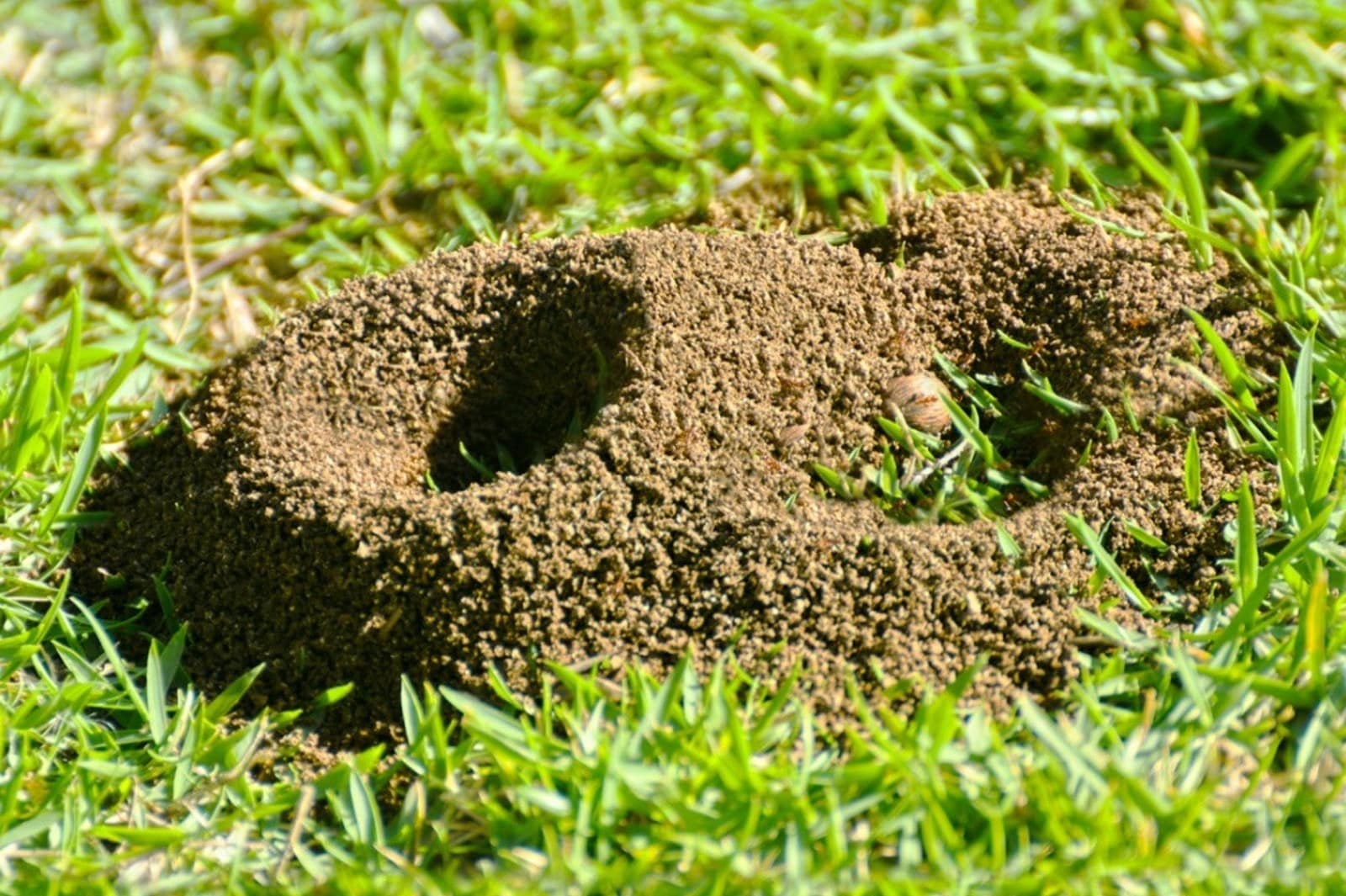
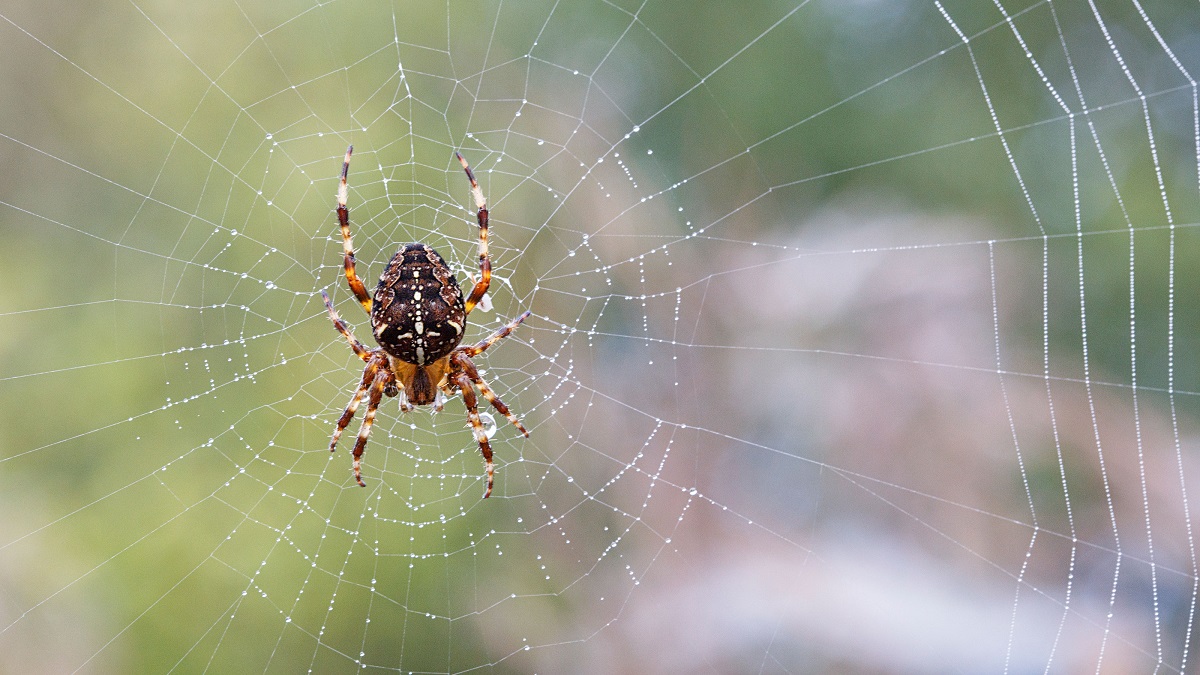
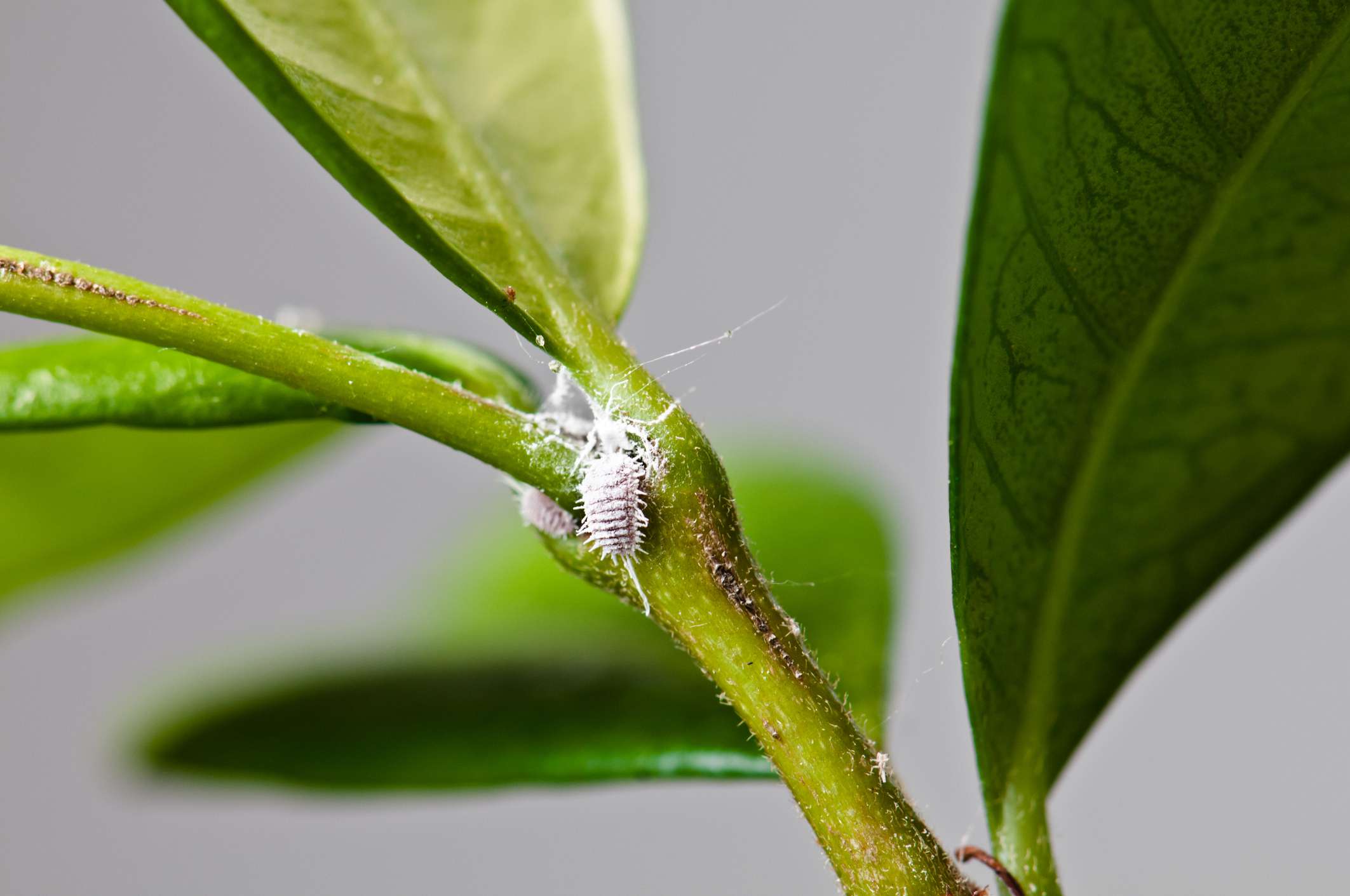
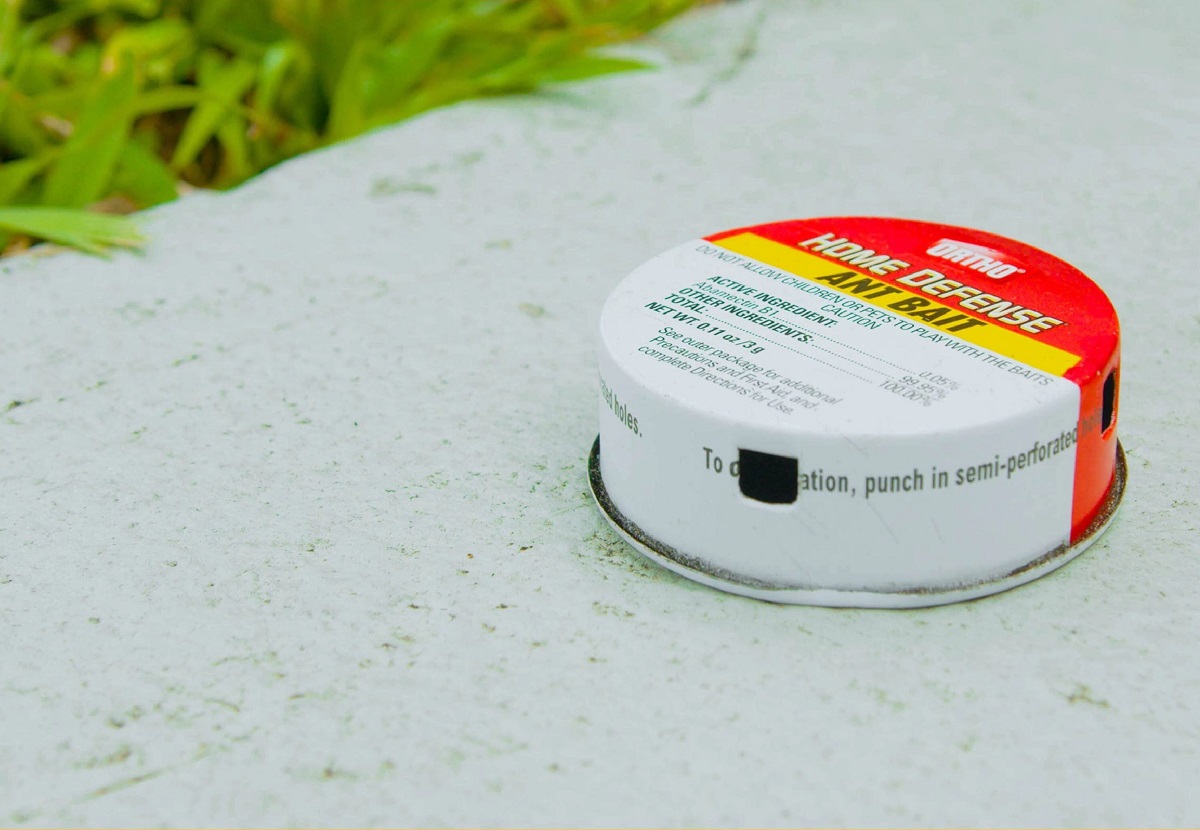
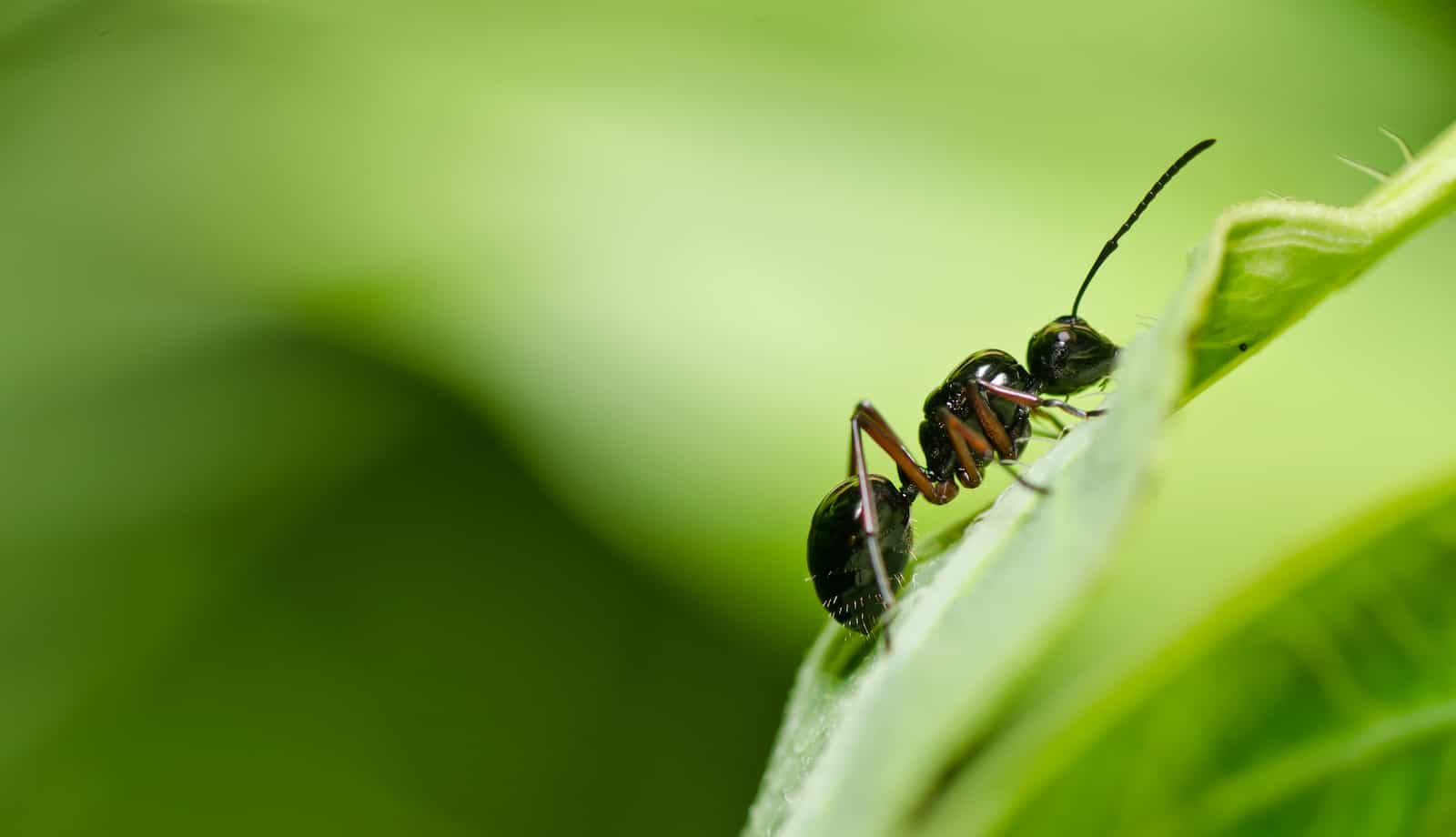
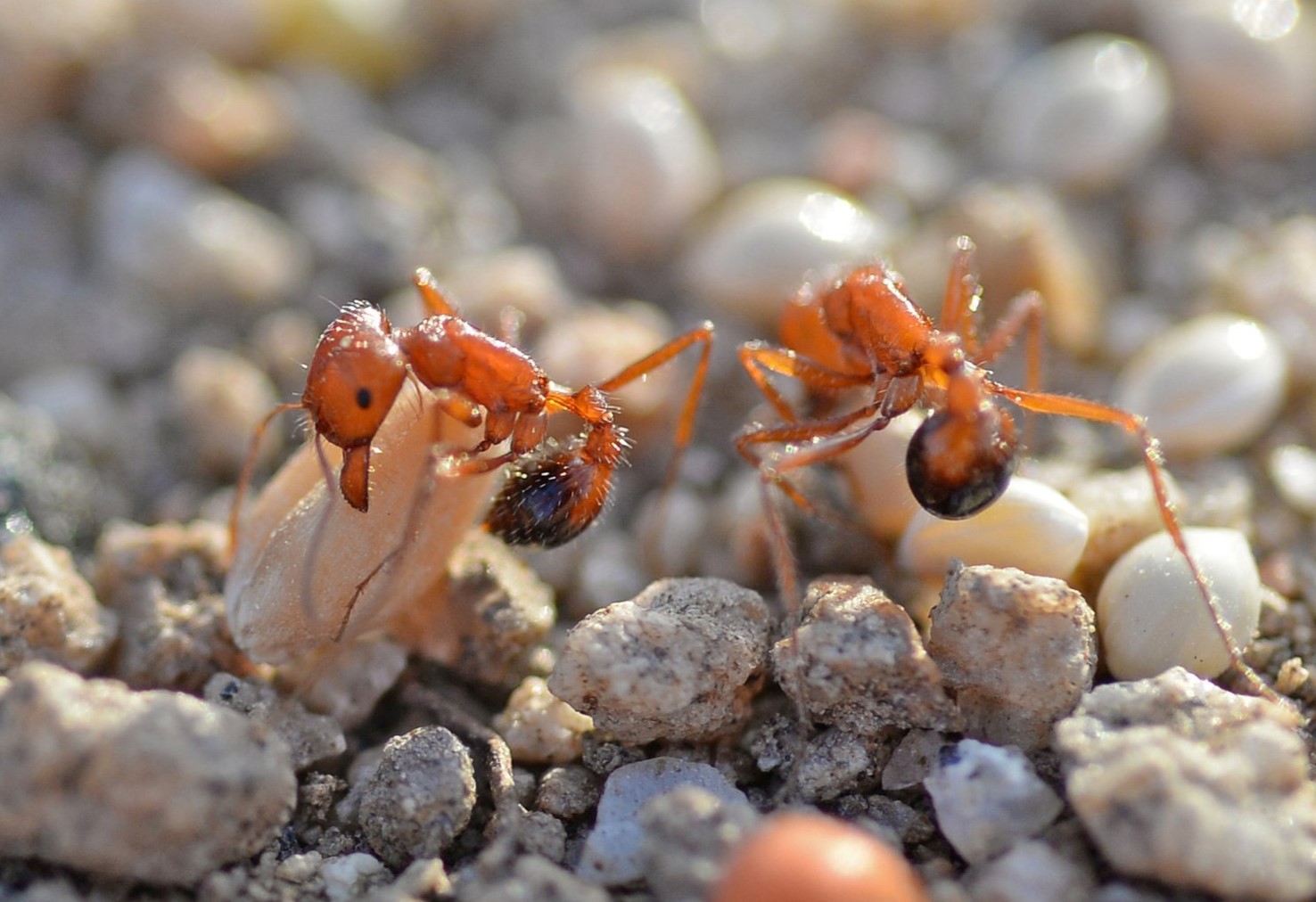
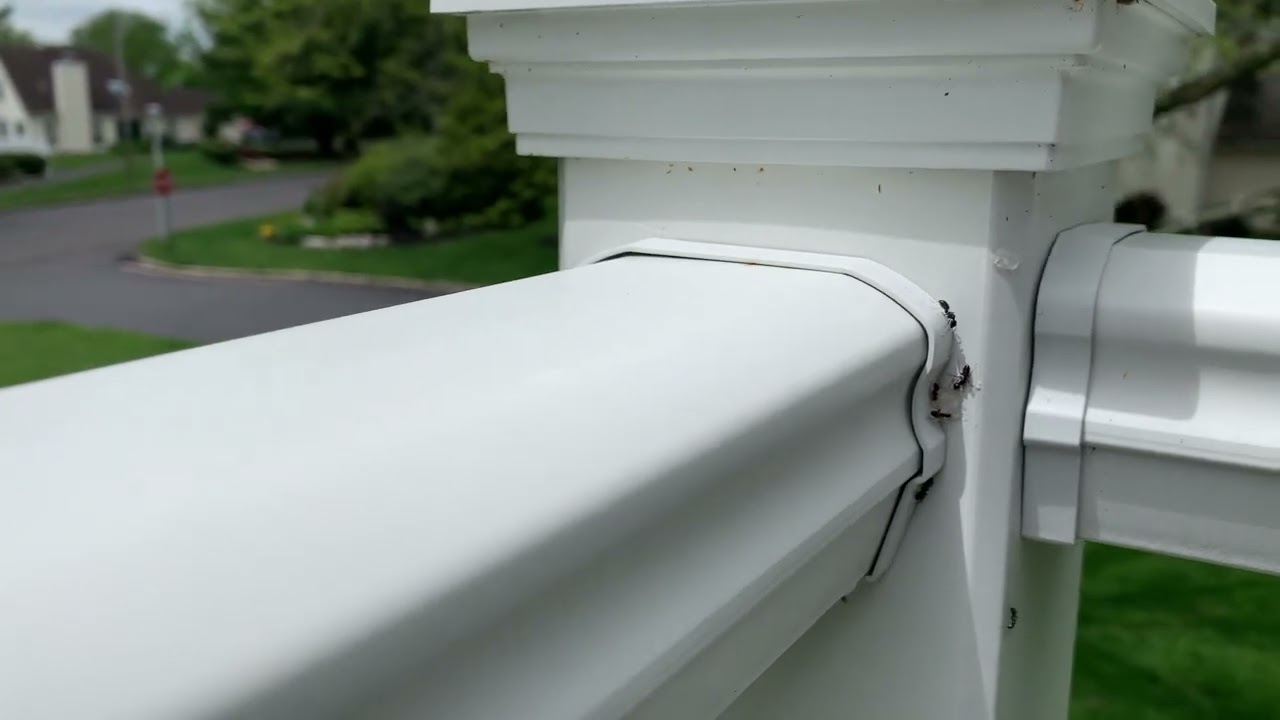

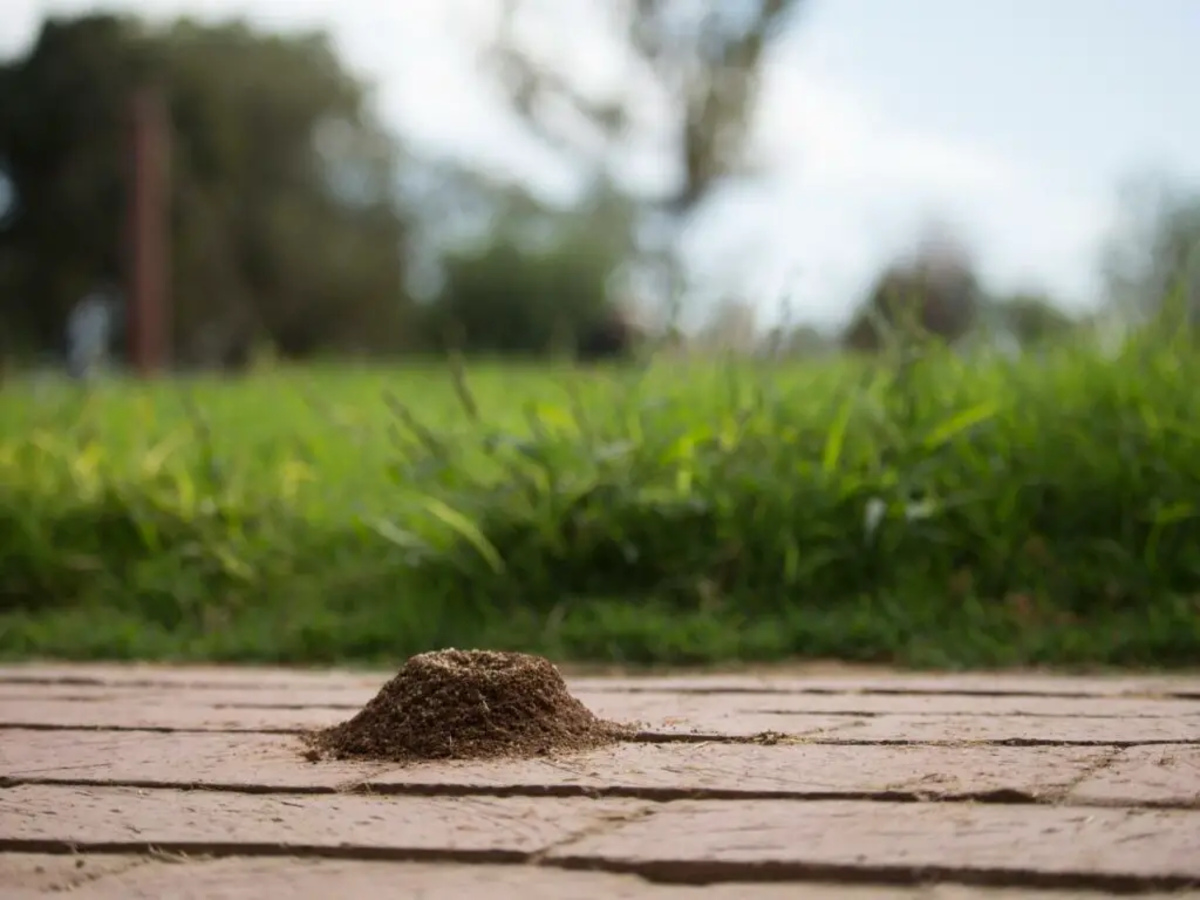
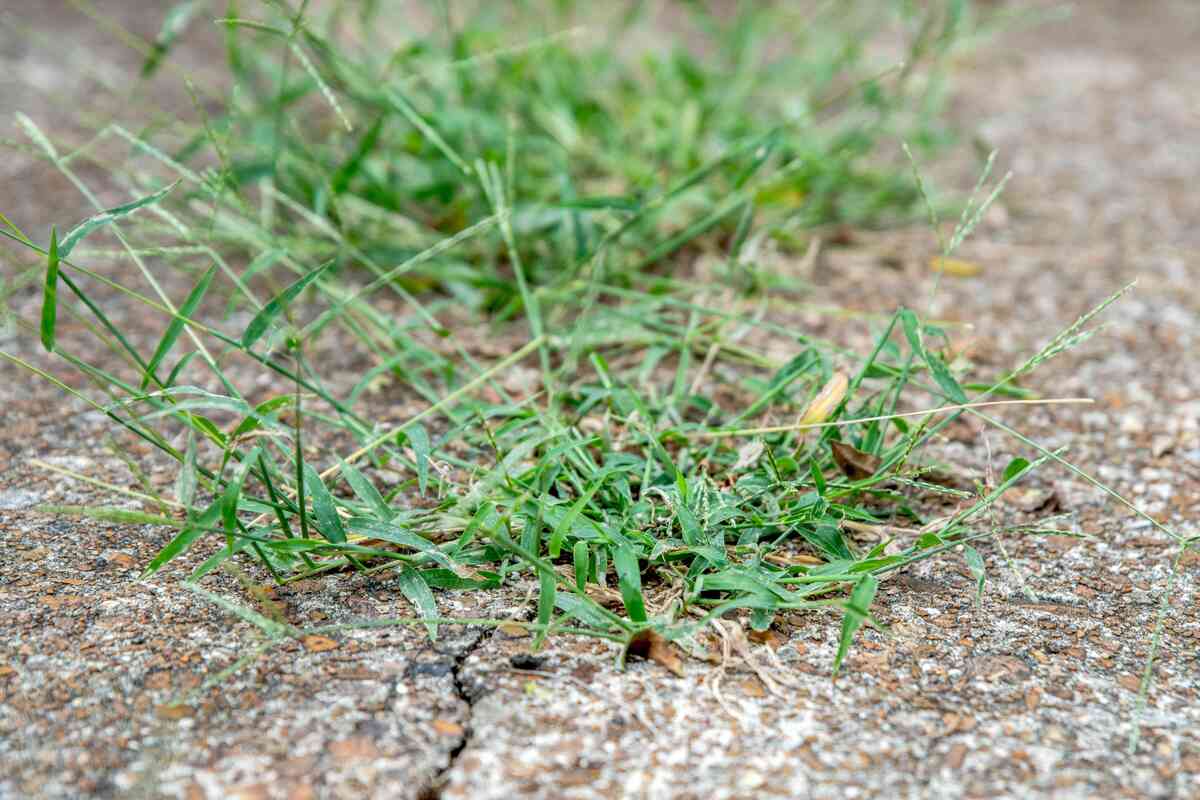
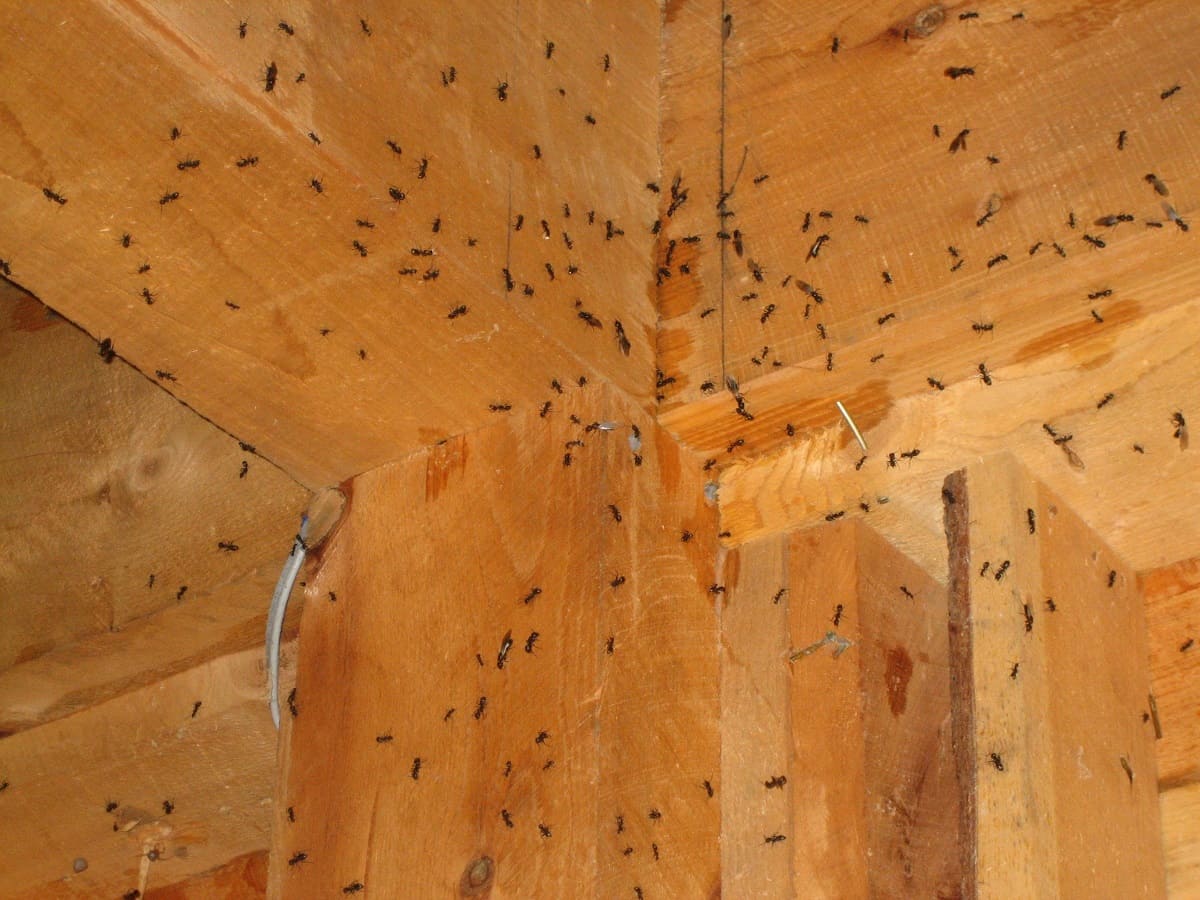
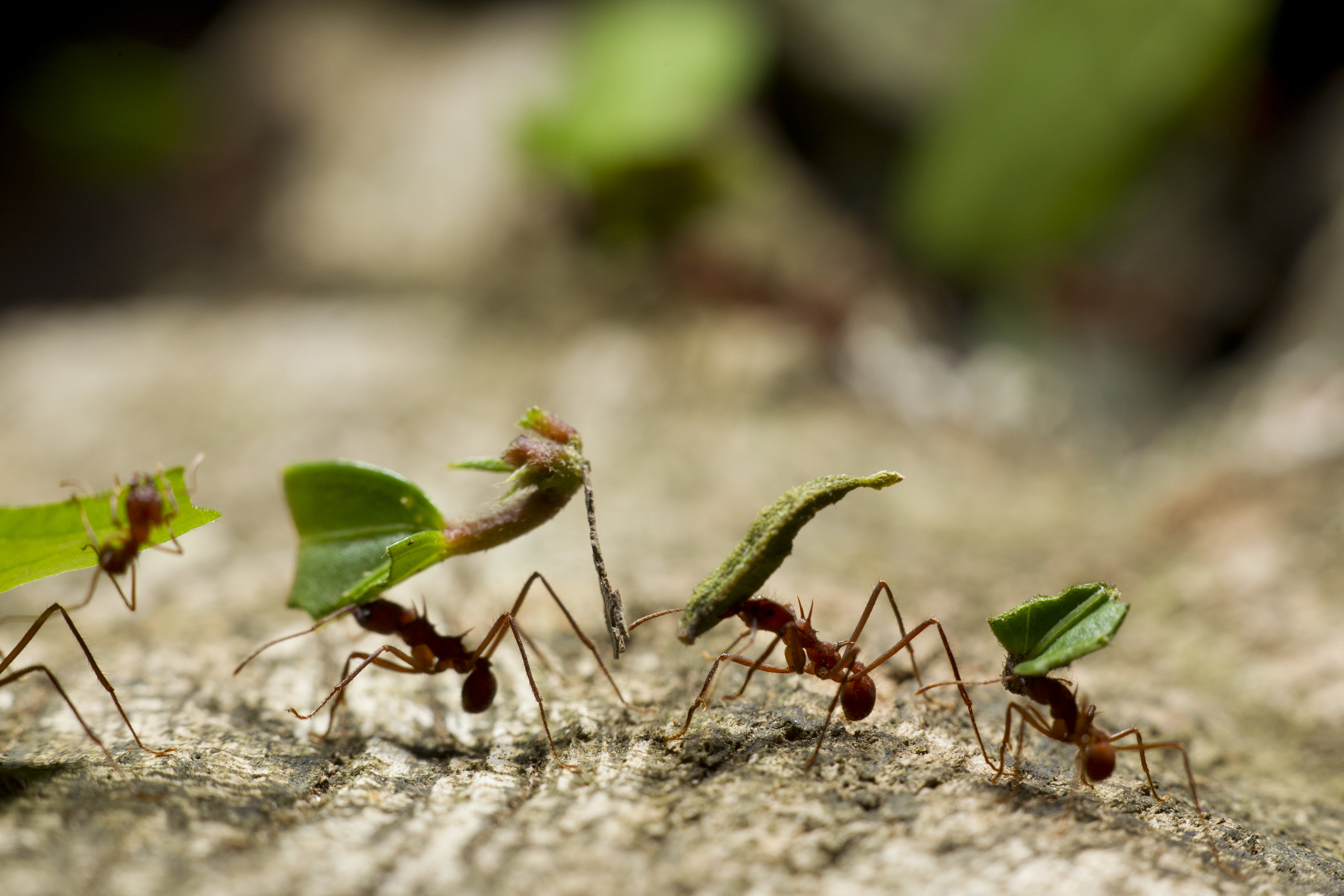
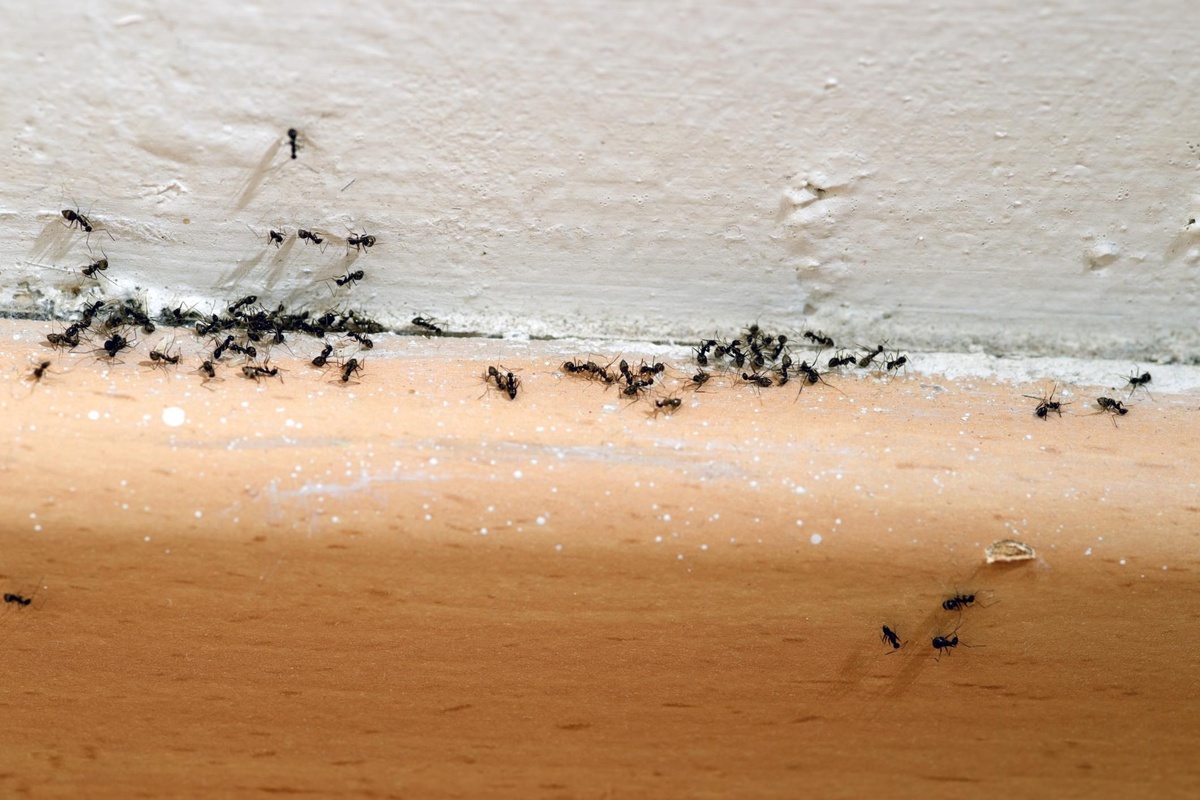
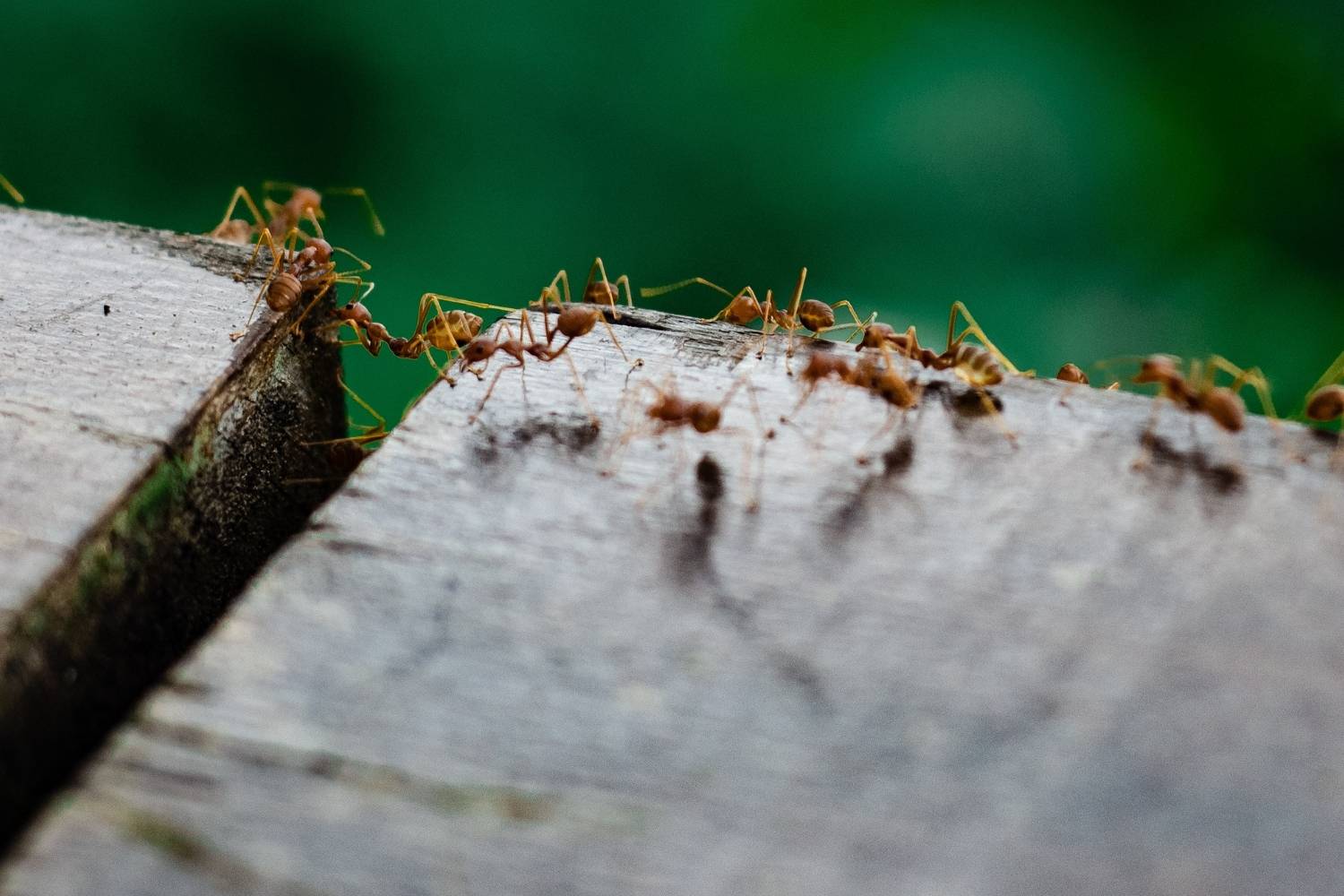

0 thoughts on “How To Kill Outdoor Ants”